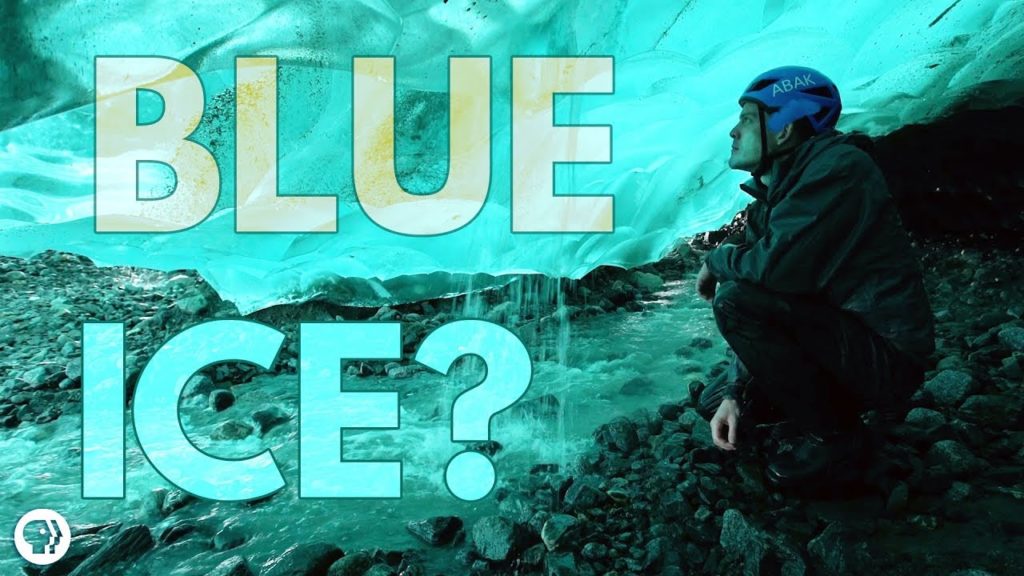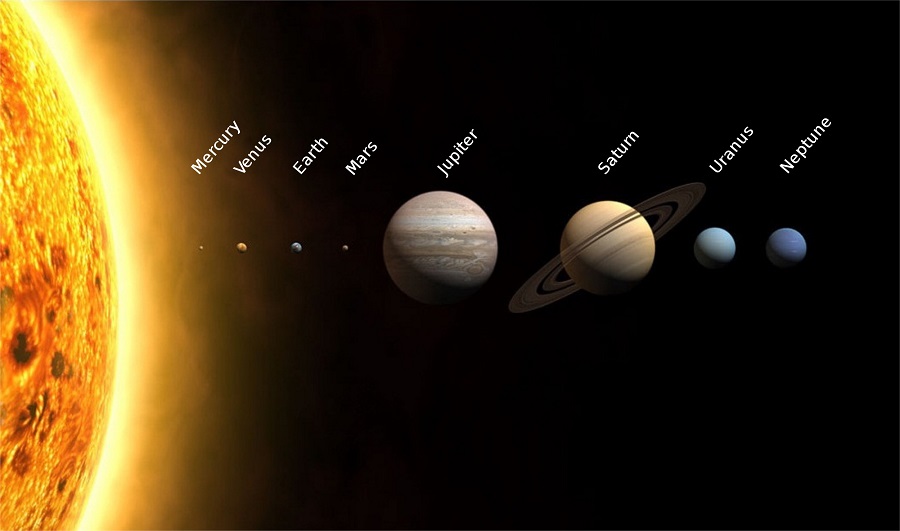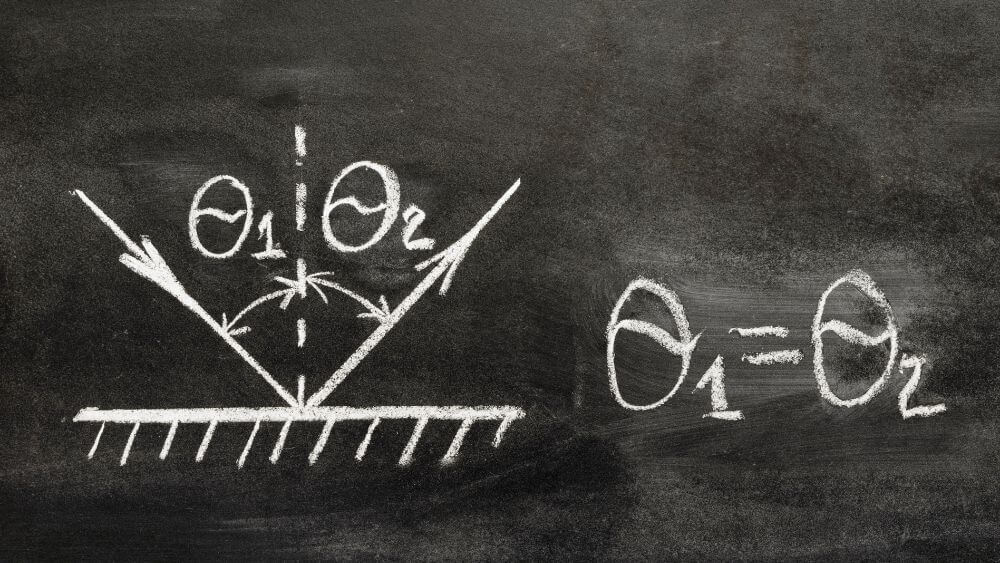Why Is This Ice Blue?

Have you all always observed a Glacier? I realize I haven’t yet from what I’ve heard or seen pictures I can securely say that it is unquestionably blue? For what reason is ice sheet ice not dull like common ice we find in our cooler? Ice is an alternate tone from normal ice. It is so blue in light of the fact that the thick ice of the icy mass ingests each other shade of the range aside from blue — so blue is the thing that we see!
Why Frost Is Not Identical To Other Bodies?
We presume that chilly ice is smaller, denser, than just frozen water in view of the extraordinary weight-related with an icy mass and how it structures. Also, even water itself isn’t clear – similarly straightforward to all frequencies – and retains marginally more in the red finish of the range than the blue end, so reflects more blue (as can be seen in peering into a profound pool of water). What’s more, the equivalent is valid for chilly ice also. The impact is more evident when one gazes down into breaks in an icy mass.
Water, in huge quantities and free of toxins, appears blue, so for what reason frosts not appear to be identical. The appropriate response is that small air pockets of air got caught in it. In an icy mass, the monstrous load of the ice and snow pushes the air pockets out, leaving just the typical shade of water.
What Gives The Glacier Ice Its Shiny Blue Colour?
Snow is white since full range, or white, light is dissipated and reflected at the limit among ice and air. The white shade of air pockets at the highest point of a dim brew experience the exact similar turn —little pockets of air mirror and disperse obvious light. Ice possibly seems blue when it is adequately united that air pockets don’t meddle with the section of light.
Without the dispersing impact of air bubbles, light can infiltrate ice undisturbed. In ice, the retention of light at the red finish of the range is multiple times more noteworthy than at the blue end. Hence the more profound light energy ventures, the more photons from the red finish of the range it loses en route. Two meters into the ice sheet, a large portion of the reds are dead. An absence of reflected red frequencies creates the shading blue in the natural eye.
Read More






Responses